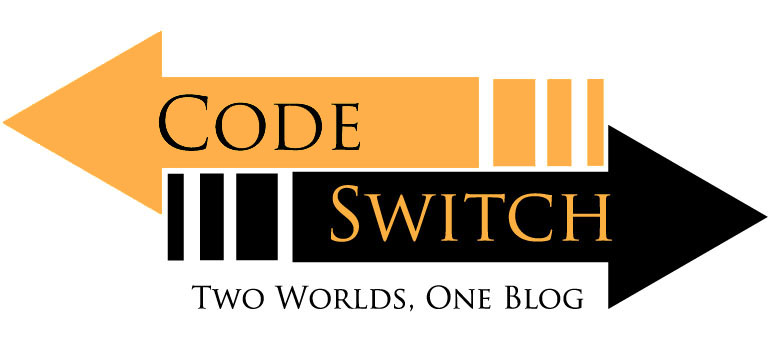Whether you’re conscious of it or not; every opinion, every judgment, every action you make is in accordance with a set of personal beliefs. Things are bad, good, or neutral depending on how they appear in your context of what is right or wrong. Pathfinder tries to emulate these guiding principles through use of the alignment system and through creating cultural norms for the various races and places of Golarion. No one is going to try and defend the alignment system as perfect, but it plays an important part of your character not just in roleplaying, but also in how spells and other effects impact you. Heck to that end Pathfinder has spells that are plainly labelled as good, evil, chaotic, lawful, etc.
It may be because these definitions exist in Pathfinder that the argument of relative versus static alignment is so pervasive. How many times has a cleric of Sarenrae tried to cast Infernal Healing because of its bang-for-your-spell slot healing ability out of combat? The spell says its evil, but what if you’re using it to heal the sick or wounded. What about if you’re using it to heal people who will be fighting an evil greater than the amount of evil in a first level spell? By its rules, Infernal Healing is just evil, and the GM has some leeway to heckle you about it if you play a character where the good/evil dichotomy is strong.
I’m not here to talk about the alignment system per se (it does factor into the topic), but about an entire category of spells that I’ve heard very convincing arguments made that they should always be evil, Enchantment spells.
To make an argument as to why Enchantment Spells should be viewed as evil we need to establish working definitions of what evil is and if evil is always relative or always static and we need to define what Enchantment spells are in the first place. This is going to be a lot of heavy philosophy so I’m going to split this topic over two (2!) articles with this article setting up those definitions and the next using those to answer the question.
What is an Enchantment Spell?
Enchantment spells as per the Core Rulebook “affects the minds of others, including influencing or controlling their behavior”. Most RPG players are familiar with this school of spells which includes; Charm Person, Suggestion, Confusion, and Dominate Person. the Enchantment School has two sub-schools; charm, which changes how a subject views others and compulsion which forces the subject to act in a certain way and/or changes the way their mind works.
Yea, the Enchantment School is skeevy, but can it really be considered evil? It doesn’t kill or maim its victims like Evocation or Necromancy, it doesn’t change their bodies against their will like Transmutation. If it leaves a creature alive and themselves as opposed to a smoking corpse, why should Enchantment spells be considered evil when those schools aren’t?
Well what is Evil?
A lot of things. I could list dozens of actions that we’d all consider evil, but what I’m after is conceptual, base level evil. We know murder is evil, but why is it evil? Things considered evil cause harm to their victims. Evil does not have to be immediate, the harmful consequences of an evil action may not manifest for a long, long time. This alone is not enough to define evil, by this current definition a hurricane or falling tree could be considered evil. For something to be evil, the actor must behave with the intent to inflict harm on something else. I like this, this is a good working definition. Evil is the result of an action made with the intent to harm. This is workable, but does have a notable oversight in that it doesn’t address justice.
Evil is just the Opposite of Justice Anyway, Why Does that Matter?
I’m going to refer to this Crash Course about philosophical Justice as a primer. I’ll give some context quickly, but really, that video is a good 10 minutes of edu-tainment. Justice is the term for our inherent sense of what is right and what is wrong, and this also partially forms our ideas of what is evil. Justice isn’t the opposite of evil, it’s how we measure it. If someone does something we feel is evil we expect them to be punished. Generally, we ascribe an eye for an eye, or an equal amount of punishment relative to the suffering inflicted, but this is not always the case. Sometimes if someone commits an evil act and that actor faces retribution, then even if it’s excessive and causes harm, we write off that new excessive evil and lay the blame on the original aggressor, they had it coming. A classic example would be an invader breaks into a house when they think it’s unoccupied to steal valuables, but are wrong and are injured or killed by the homeowner. The invaders intent was to cause harm by taking wealth from the victim, but the invasion victim dealt a punishment arguably more severe than the original evil act. In many places this is viewed as just, but arguments can be made against that.
In a less severe example a child takes a cookie before dinner when they’re not supposed to. The harm caused is the disobedience to the parents and the waste of their efforts in trying to provide the child wholesome meal. Sending the child to their room or taking away a toy is viewed as a just way to punish that evil. Now, if instead of taking away a toy the parents shot the child. The harm committed by the parents greatly out-values the harm done to them by the child and therefore the punishment isn’t just. In fact most people would say the child-shooting parents committed an evil act. (If you don’t think that, talk to me after class please.)
Those examples were extreme, but they serve to highlight that evil isn’t a static concept. Evil is subjective and quantifiable, something can be more evil than something else, and evils severity can be weighted differently depending on the specific situation. The evil in the child stealing the cookie was so minuscule most rational people wouldn’t call it evil. By examining justice we can add to the definition that evil is not only about intent to cause harm, also but that the harm does have to be substantial or life-changing in some way AND that evil cannot justly be punished with excessive evil. This also gives some leeway in evil to the Aladdin style street-rat who steals food to survive, but is punished more harshly than the value of his crimes.
So by examining what evil is, what justice is, and using some specific examples I think I managed to put together a pretty fitting definition for evil as it pertains to Pathfinder. “Evil is the intent to do harm that is disproportionate to the justice it offers its perpetrators.” I’ll take this definition into part 2 of this discussion in two weeks to make the case why Enchantment spells should be considered evil.








